|
*Warning: this blog post contains images that some readers may find disturbing. Many of our guests commence their safari with a basic understanding of rhino and elephant poaching. Nevertheless, they are often keen to learn more and to help if possible. This is especially true after having the opportunity to view these majestic animals up close in their natural environment. What is poaching? Poaching is the illegal taking of wildlife in violation of local, national or international laws (for more on the difference between poaching and hunting, click here). Animals are poached for numerous reasons with dire ecological consequences. Hunting for bushmeat consumption, ornamental use and medicinal purposes, as well as trapping for the pet trade, is threatening 301 terrestrial mammal species with extinction worldwide. Unsustainable local consumption of bushmeat and international trafficking of body parts such as tusks, horns, bones or scales poses a serious risk to wildlife in developing countries where human populations are frequently escalating and poverty is rife. International wildlife trafficking is fuelled by demand from more developed nations. Why does rhino and elephant poaching occur? Rhino horn is used in traditional medicine in China and several other Asian countries. Rhino horn is believed to treat hangovers, impotence, fever and cancer. However, it has been scientifically proven that rhino horn, which is made from keratin, has no medicinal properties. Rhino horn is increasingly used as a status symbol of a person’s wealth and power. Elephants are frequently killed for their ivory tusks which are used for ornaments and jewellery. Despite bans on the international trade in rhino and elephant parts, these species are being killed at astonishingly high rates. The demand for rhino horn is so high that it worth is more than gold pound per pound. High demand of these limited and difficult to acquire products has resulted in intricate international crime syndicates with access to high-powered technology and weaponry. Those conducting the poaching on the ground (and at the most risk of being caught) are often locals whose involvement may be driven by challenging socioeconomic conditions such as poverty and unemployment. Rhino and elephant poaching is frequently associated with African countries, however it is a global epidemic. One horned rhinos in Chitwan National Park, Nepal have been recent victims of poaching. A rhino was killed for its horn in a French zoo earlier this year. This was the first such incident in Europe. What is the current situation for rhinos and elephants? Rhinos There are five species of rhinos in the world and at the end of 2015, it was estimated that there are 30 000 rhinos across all extant species. In Africa, the black rhino is estimated at between 5 042 and 5 458 individuals and the Southern white rhino is estimated at between 19 666 and 21 085 individuals. South Africa has the largest population of rhinos in the world and it is home to 74% of the African rhino population. In 2016, 1 054 rhinos were poached in South Africa alone. This is a rate of nearly three rhinos a day. This is the second year in a row that the number of rhinos poached in South Africa has declined (1 215 in 2014 and 1 175 in 2015), providing some hope of a reversal in trends. In the first six months of 2017, 529 rhinos were poached in South Africa. Although this is 13 less than the same period last year, this rate is still worryingly high. The majority of South Africa’s rhino poaching incidents happen in Kruger National Park. 243 of the 529 rhinos killed between January and June 2017 occurred in Kruger. Reports in 2017 show that rhino poaching in Kruger is down by 34% compared to 2016 but there is an increase in the number of poaching incidents in other parts of the country, especially the province of Kwa-Zulu Natal. Elephants There are an estimated 35 000 – 40 000 wild Asian elephants. A large-scale census spanning 18 African countries counted 352 271 African elephants in 2014. The findings from this robust survey indicates a 30 per cent decrease in the African elephant population (equal to 144 000 elephants) between 2007 and 2014 and equates to an annual loss of nearly 30 000 elephants. At this current rate of decline, half of the Africa’s elephants will disappear in nine years. Tanzania, Mozambique, Angola and Cameroon were identified as some of the worst affected areas in the 2014 census. A surge in poaching in the past decade is largely responsible for elephant population declines. In Kruger National Park, South Africa, two elephants were poached in 2014, 22 elephants in 2015, 46 elephants in 2016 and 30 elephants in the first six months of 2017 alone. What can I do to help?
Although these figures are critically high, it is not too late to take action. The Southern white rhino was depleted to only 50 – 100 in the wild in the early 1900s, but now it is the most populous rhino species at approximately 20 000 individuals. Applied conservation efforts and multifaceted approaches are required to reverse the trends in rhino and elephant poaching. Here are several lists outlining how individuals can support this work and make a difference: - 15 things you can do to help stop rhino poaching - Save the Rhinos Get Involved page - What can I do to help elephants? - Six ways to help elephant
4 Comments
I like to take care of my health, both physical and mental. To avoid deficiencies, I had to adopt a balanced diet and above all use a specific food supplement. It is on this article that I found the product that allowed me to relive and enjoy optimal well-being without health concerns.
Reply
Leave a Reply. |
AuthorTrevor Carnaby Archives
March 2018
Categories
All
|

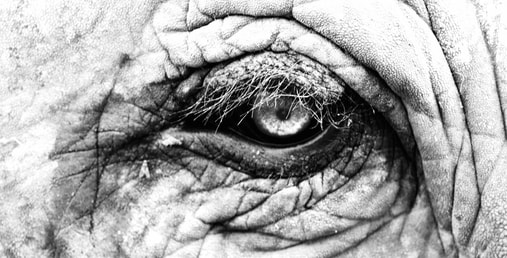
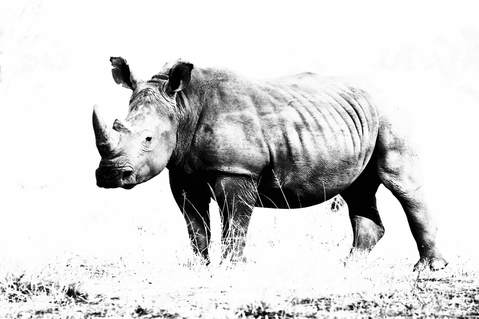
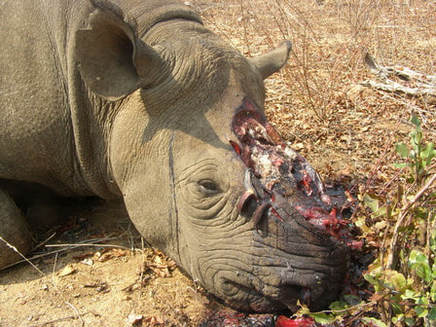
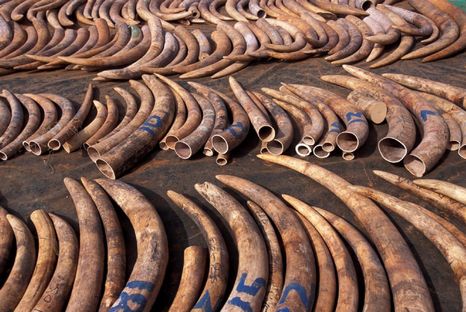
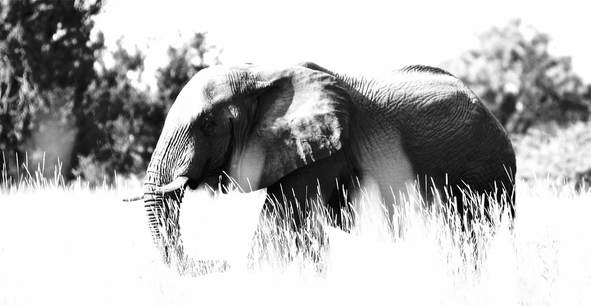
 RSS Feed
RSS Feed
